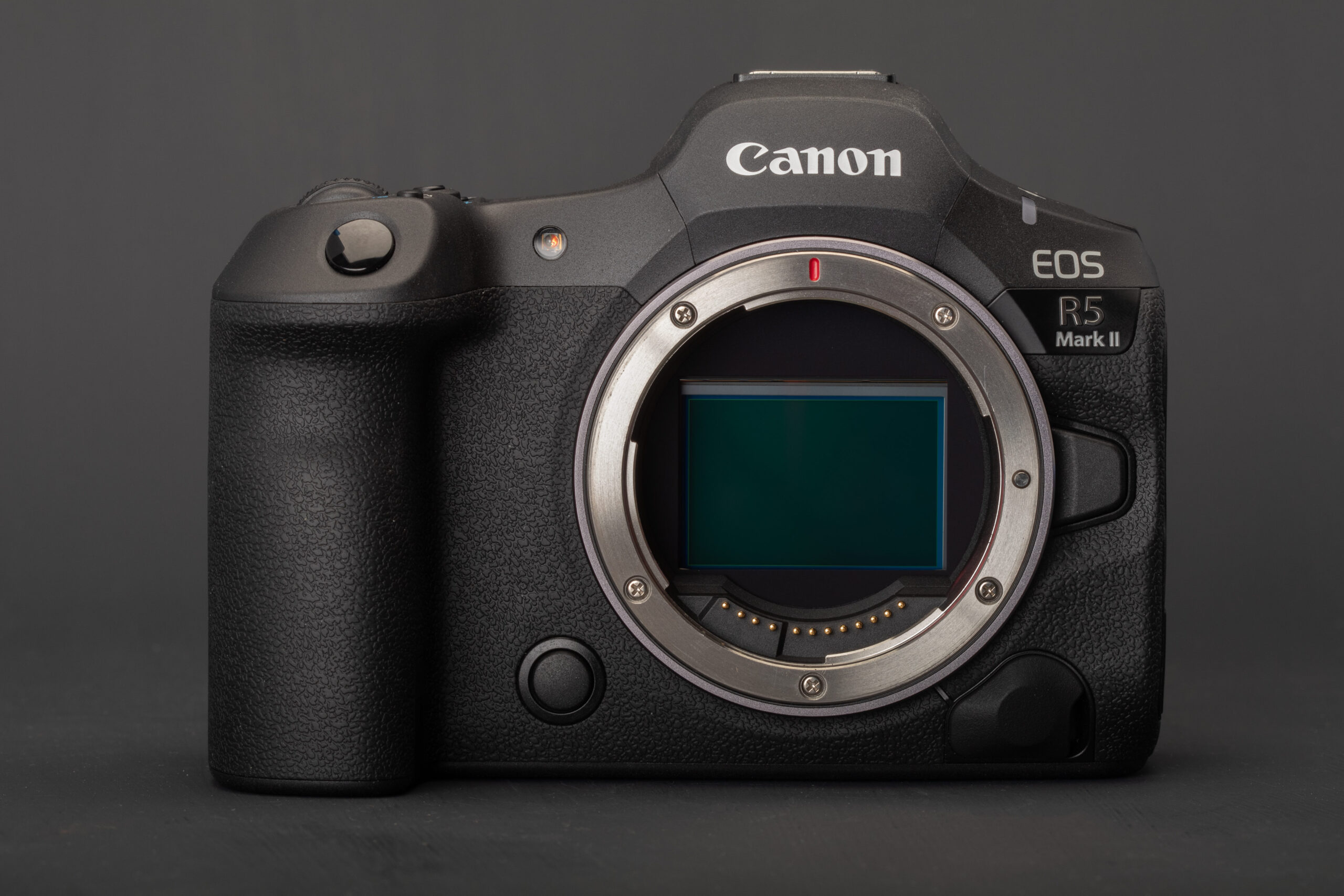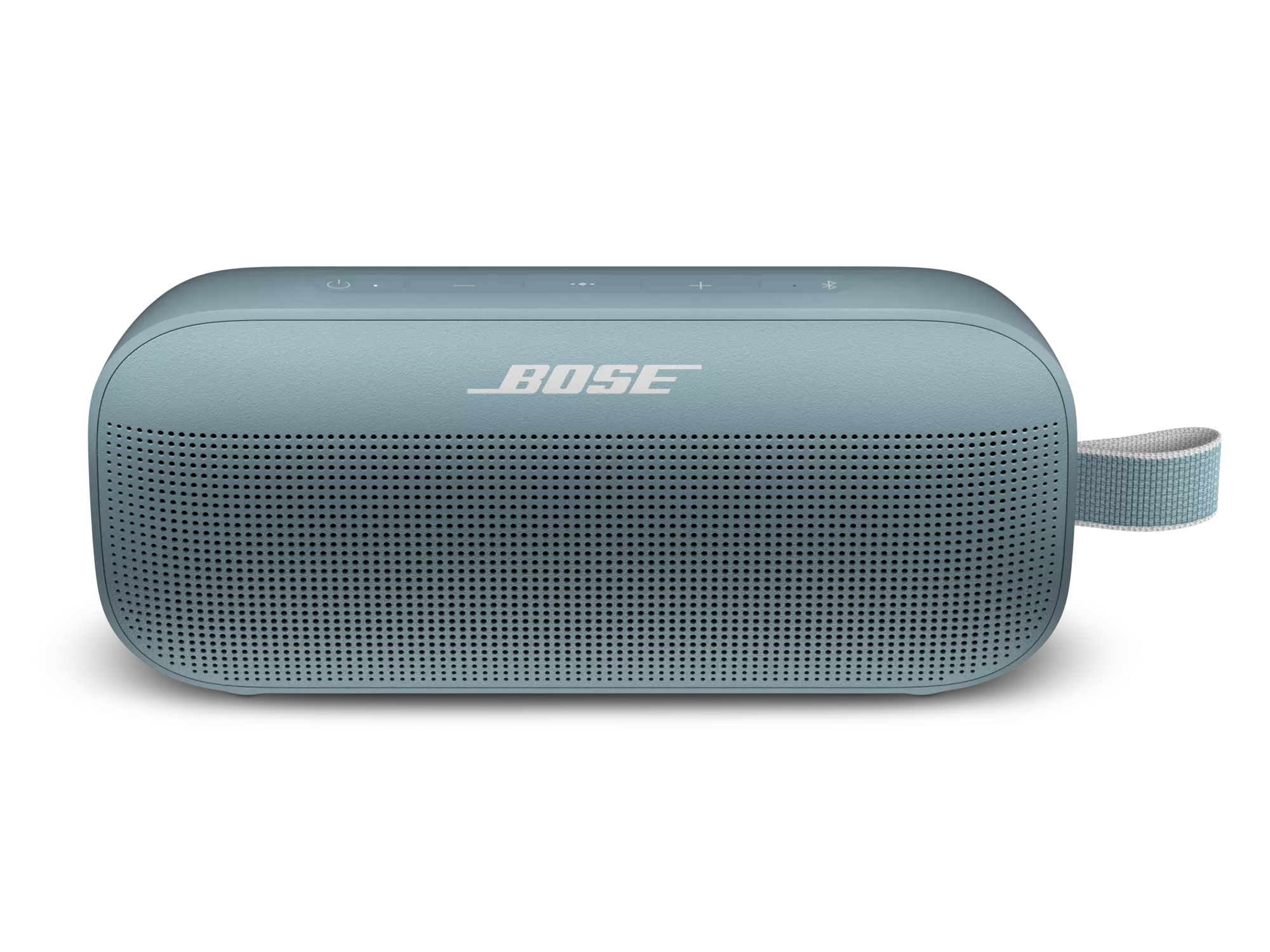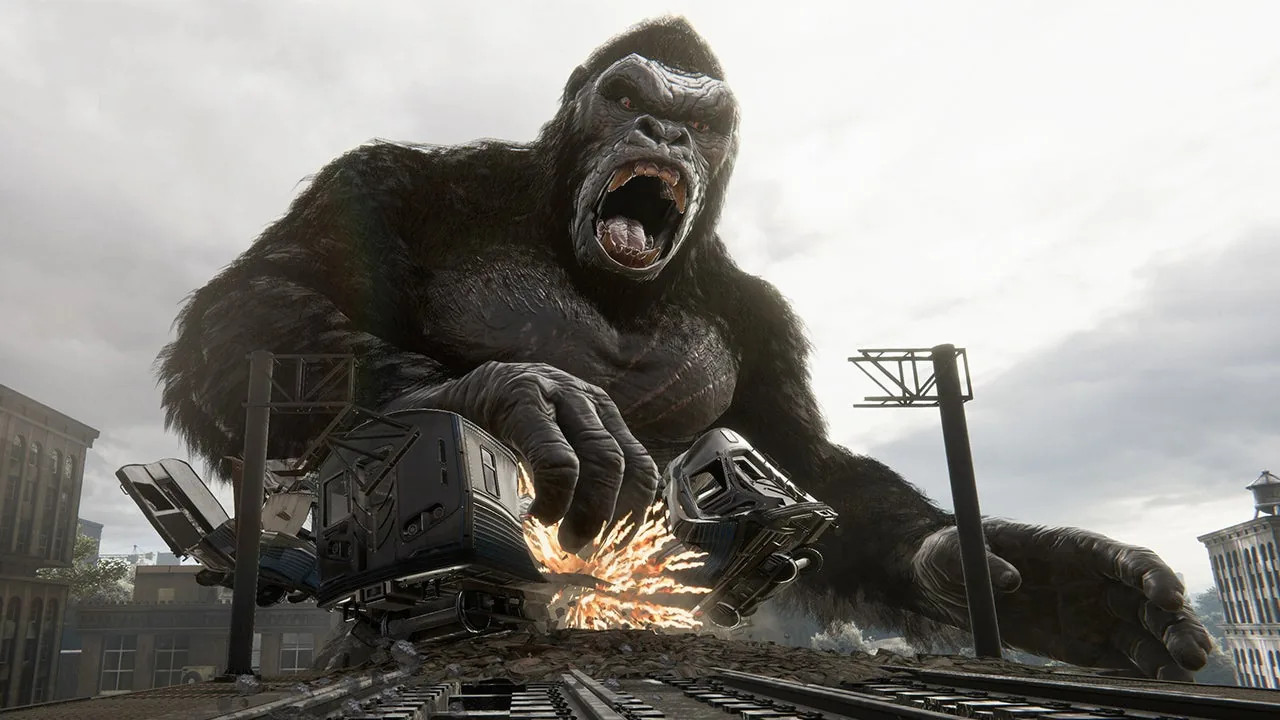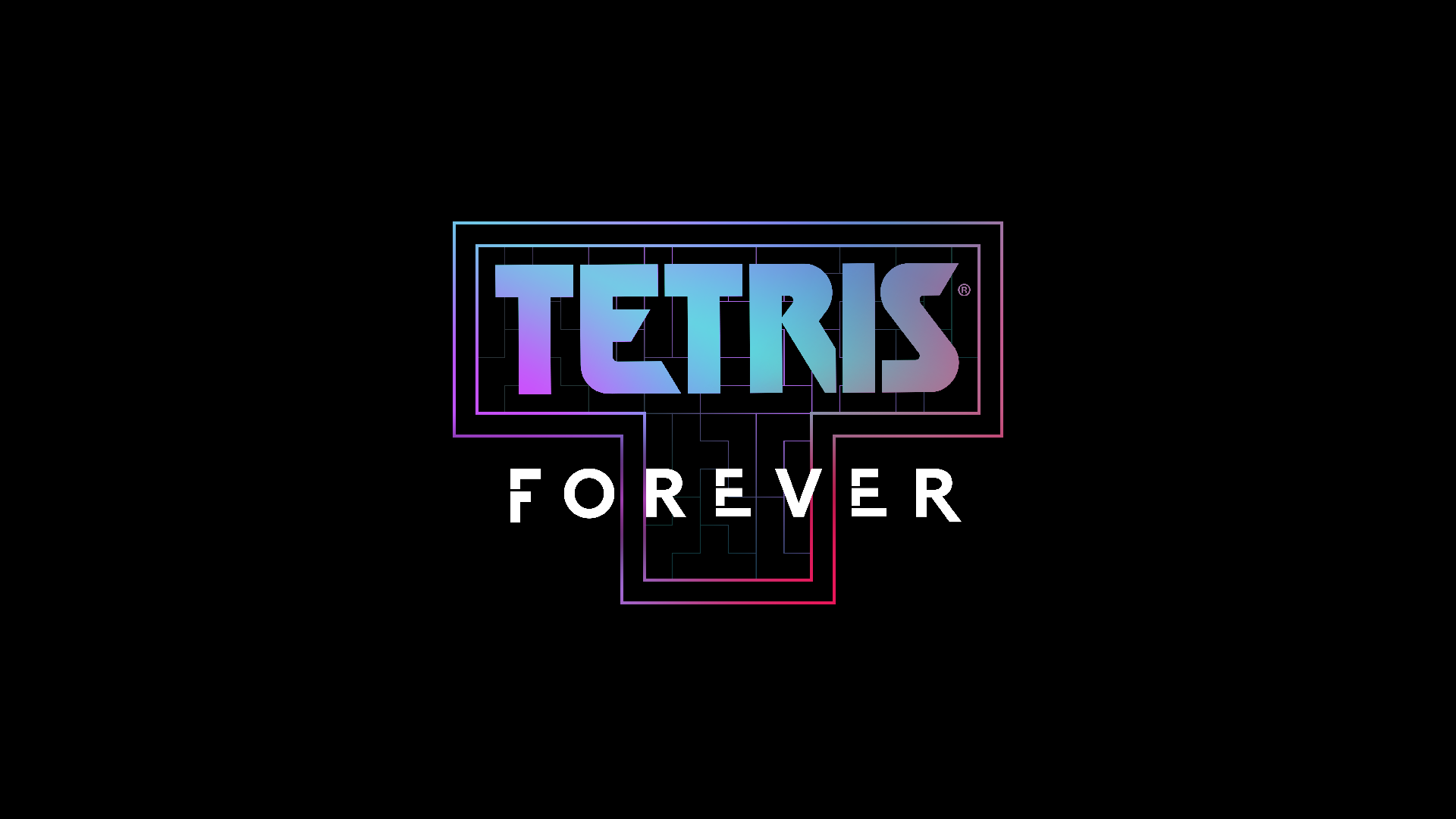Canon’s latest mirrorless marvel, the EOS R5 II, has arrived, boasting significant upgrades that challenge Sony’s dominance in the full-frame mirrorless market. Launched in early 2024, this camera builds upon the impressive foundation of its predecessor, the EOS R5, addressing its limitations and introducing new features that cater to both photographers and videographers. With a new stacked sensor, enhanced autofocus capabilities, and improved video performance, the R5 II is poised to be a game-changer. But does it live up to the hype?
In this in-depth review, we’ll delve into the key features of the Canon EOS R5 II, exploring its strengths and weaknesses based on real-world testing and comparisons with its rivals. From image quality and autofocus performance to video capabilities and handling, we’ll leave no stone unturned in our quest to determine if this is truly Canon’s most powerful camera yet.
A Familiar Face with Internal Overhaul
At first glance, the EOS R5 II might seem like a spitting image of its predecessor. The ergonomics and button layout remain largely unchanged, providing a comfortable and familiar experience for existing Canon users. However, the real magic lies beneath the surface. The R5 II features a new 45-megapixel back-illuminated stacked CMOS sensor, which is the heart of its enhanced performance. This sensor, combined with the updated DIGIC X processor, delivers faster readout speeds, improved image quality, and reduced rolling shutter – a significant upgrade for video shooters.
Autofocus That’s Second to None
One of the most impressive aspects of the R5 II is its autofocus system. Canon has refined its already excellent Dual Pixel CMOS AF II system, adding new subject recognition capabilities and improved tracking performance. The camera can now accurately identify and track a wider range of subjects, including humans, animals, and vehicles, even in challenging lighting conditions. In my own testing, I found the autofocus to be incredibly fast and accurate, locking onto subjects with ease and maintaining focus even during rapid movements. Whether shooting sports, wildlife, or portraits, the R5 II’s autofocus system instills confidence.
Video Capabilities: 8K and Beyond
The R5 II retains the impressive video capabilities of its predecessor, offering 8K recording at up to 60 frames per second in RAW format. It also adds new features like Canon Log 3 and internal 4K 120p recording with minimal rolling shutter. While concerns about overheating persisted with the original R5, Canon claims to have addressed this issue in the Mark II. In my tests, I was able to record extended 8K clips without encountering any overheating warnings, although further testing in predecessor is needed to fully assess the camera’s thermal performance.
Is it Worth the Upgrade?
The Canon EOS R5 II is a formidable camera that pushes the boundaries of what’s possible in a full-frame mirrorless body. Its impressive image quality, class-leading autofocus, and robust video capabilities make it a compelling option for professionals and enthusiasts alike. However, with a price tag that puts it in direct competition with Sony’s flagship a1, the decision to upgrade or switch systems will depend on individual needs and priorities.
Here’s a quick rundown of the pros and cons:
Pros:
- Exceptional image quality with a 45MP sensor
- Blazing-fast and accurate autofocus system
- Improved video capabilities with 8K 60p and 4K 120p recording
- Enhanced ergonomics and handling
- Reduced rolling shutter
Cons:
- High price point
- Some concerns about overheating may persist
- No significant changes to the camera’s design
Ultimately, the Canon EOS R5 II is a worthy successor to the R5, offering a compelling combination of performance, features, and image quality. While it may not be a revolutionary leap forward, it’s a significant refinement that solidifies Canon’s position as a leader in the mirrorless camera market.





